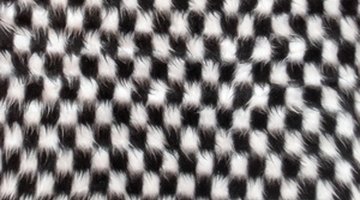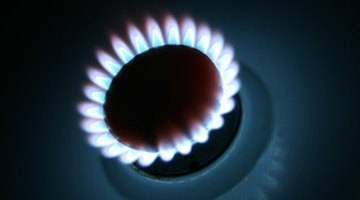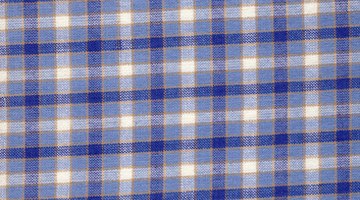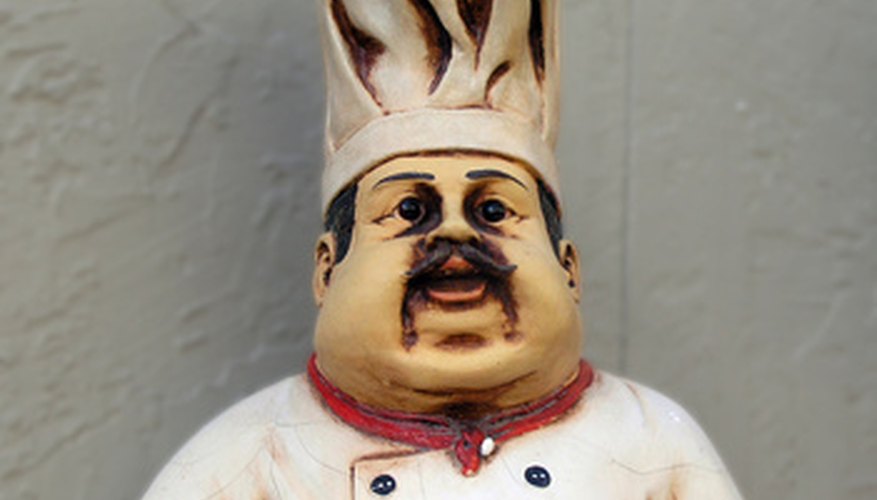A chef’s uniform is universally known and recognised, typically consisting of a hat, known as a toque, a pair of checkered trousers, a neckerchief and a double-breasted jacket. Though the uniform is thought to have been designed to distinguish between a chef, who is the head of a kitchen, and a cook, it was born from function. In fact, chefs and cooks wear uniforms that can be traced back 400 years.
History
In the middle 1800s, Marie-Antoine Carême, known as "The King of Chefs, and the Chef of Kings," redesigned the uniforms worn by chefs. Carême selected garments based on their ability to appear clean while camouflaging dirt and debris. White double-breasted jackets were chosen because they signified cleanliness while the double-breasted feature of the jackets allowed the wearer to button the jacket on the other side if one side became compromised. Black aprons were chosen because the dark colour hides stains. With these two goals in mind, the checkered trousers were chosen as part of the uniform as well.
- In the middle 1800s, Marie-Antoine Carême, known as "The King of Chefs, and the Chef of Kings," redesigned the uniforms worn by chefs.
- Black aprons were chosen because the dark colour hides stains.
Significance

Because such emphasis was placed on a chef’s need to appear presentable in case he was called to a patron’s table, a hound’s tooth pattern of white and another, darker colour was chosen as the bottom half of a chef’s uniform. Because white signifies cleanliness, this colour was necessary. The other colour, however, was chosen because the combination of colours functions to both signify cleanliness while hiding stains with the continuous pattern of dark and light.
Function

These trousers are typically made of cotton because cotton insulates the body against the intense heat of a stove and shields the lower half from the hot liquids that occasionally splatter while a chef works in the kitchen. Additionally, this fabric is breathable and keeps a chef cool while he manoeuvres around a sweltering stove.
Types

A chef's position in the kitchen, as well as where he works, determines the colour of his trousers. Chefs that work in the United States often wear black and white checkered trousers. On the other hand, chefs employed in Europe often wear blue and white checkered trousers, though the purpose is the same--to camouflage various spills and soiling substances. Executive chefs, unlike working chefs, typically wear black trousers.
- A chef's position in the kitchen, as well as where he works, determines the colour of his trousers.
- On the other hand, chefs employed in Europe often wear blue and white checkered trousers, though the purpose is the same--to camouflage various spills and soiling substances.
Considerations
Though this uniform is widely believed to simply serve as a distinction between a chef, who is the head of the kitchen, and a cook, this uniform was born from function. From the hat to the shoes, the uniform of a chef was chosen to emphasise his exacting skills. A great chef is supposed to be precise and, as a result, no spills should occur and his uniform should remain clean. However, these simple adjustments to the uniform ensure that, if the chef unfortunately has an accident, patrons will remain unable to detect it.
- Though this uniform is widely believed to simply serve as a distinction between a chef, who is the head of the kitchen, and a cook, this uniform was born from function.
- A great chef is supposed to be precise and, as a result, no spills should occur and his uniform should remain clean.
